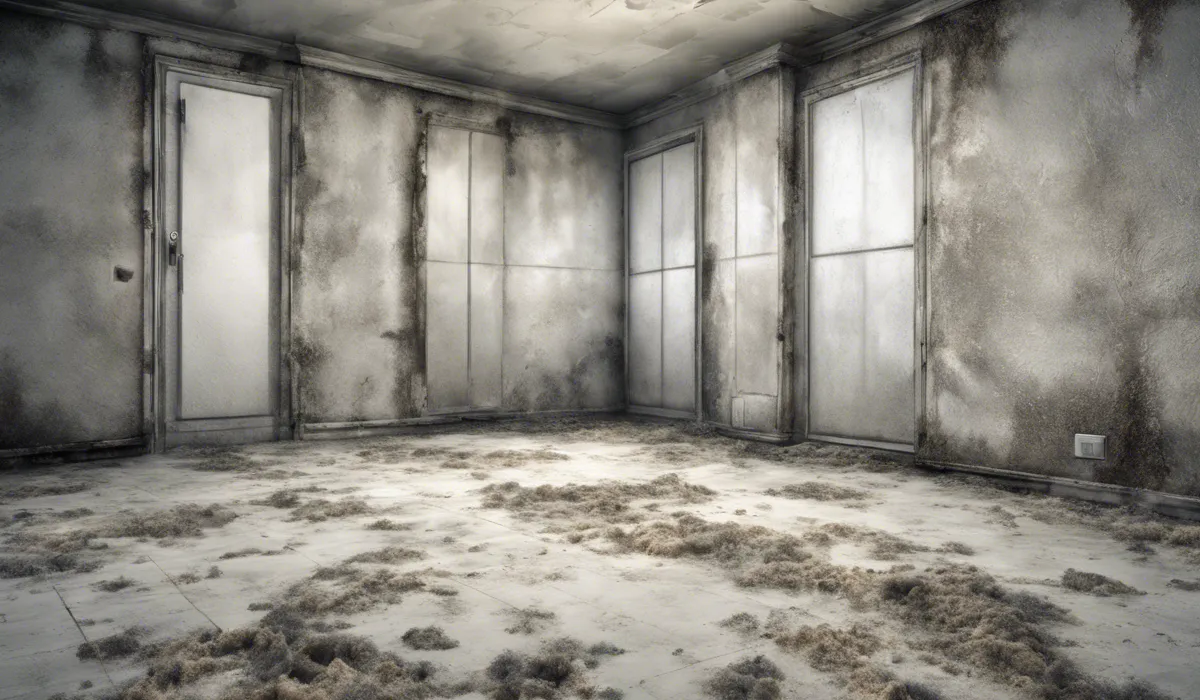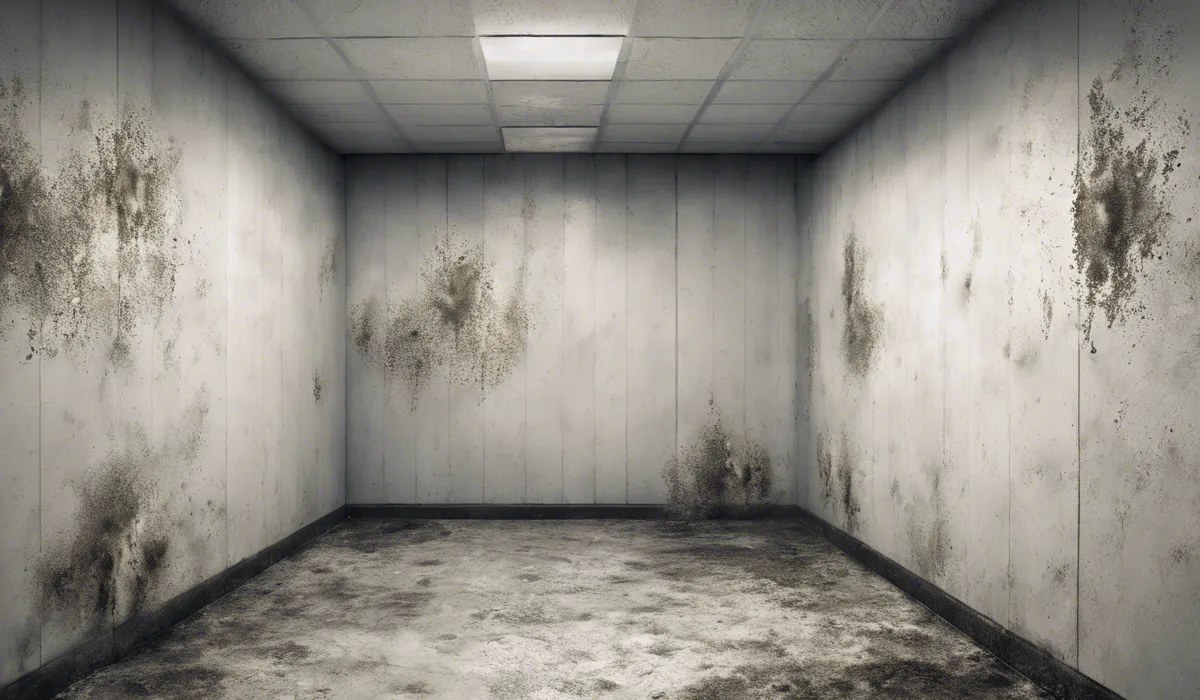Mold in walls typically emits a musty, earthy odor, akin to the smell of wet socks or rotting wood.
This distinct scent is often the first sign of hidden mold growth within wall cavities, even before visual confirmation.
If you detect this persistent, unpleasant smell, it’s advisable to investigate for mold.
Understanding Mold

Defining Mold and Its Common Types Found in Homes
Mold is a type of fungus that comes in various forms and colors, like black, white, green, or purple.
In homes, some common molds include Aspergillus, Cladosporium, and the infamous black mold, Stachybotrys chartarum.
These tiny organisms live almost everywhere and can grow on many surfaces, from walls to clothes.
Optimal Conditions for Mold Growth in Walls
Mold thrives in damp, warm, and humid conditions. Inside walls, leaky pipes, condensation, and poor ventilation create the perfect home for mold.
These factors, combined with organic materials like wood or paper in drywall, feed the growth of mold colonies hidden from view.
How Mold Spreads and Persists Within Wall Cavities?
Mold spreads by releasing tiny spores that float through the air. If these spores land on a wet surface, they can start to grow.
Inside walls, mold can remain undisturbed for long periods, allowing it to spread and take hold. Over time, it can weaken the structure and lead to more serious issues.
Identifying Mold Through Scent

Description of the Typical Moldy Smell
The smell of mold is often described as musty or stale, similar to the odor of old books or wet cardboard.
This smell is a clear sign that mold may be present in your home, even if you can’t see it. The odor can vary in strength but usually has a damp, unpleasant quality to it.
Comparisons to Other Common Odors
Mold’s musty scent is sometimes confused with other household smells. For example, an earthy odor could come from a garden after rain, while a damp scent might be from a basement or laundry room.
Knowing these differences can help you pinpoint if the smell is truly from mold.
Factors Affecting the Intensity and Detectability of Mold Odor
The strength of a moldy smell depends on the mold’s size, the humidity, and how well the area is ventilated.
A small patch of mold might not smell as strong as a large colony, and a well-ventilated room might not hold the odor as much as a closed-off space.
Detecting and Addressing Mold in Walls

Tips for Locating Mold by Scent Within a Home
To find mold by its scent, follow your nose to where the smell is strongest. Check areas with water damage or high humidity.
Look for discoloration, peeling paint, or warping, as these can be signs of mold behind the walls.
Health Implications of Prolonged Exposure to Moldy Environments
Living with mold can cause health problems, especially for those with allergies or asthma. Symptoms can include coughing, sneezing, and trouble breathing.
Long-term exposure might lead to more severe health issues, so it’s important to deal with mold quickly.
Professional Assessment and Remediation Steps
If you suspect mold, a professional can test your home to confirm its presence and determine the extent of the problem.
They can then remove the mold safely and fix the source of moisture to prevent it from coming back.
Preventative Measures to Avoid Mold Growth in Walls
To keep mold from growing, control moisture levels, fix leaks, and ensure good ventilation.
Using dehumidifiers and maintaining clean HVAC systems can also help to maintain a mold-free environment.
FAQs About Mold Smell in Walls
What is the typical smell of mold in walls?
The typical smell of mold in walls is musty and earthy, similar to the odor of wet socks or rotting wood.
Can you detect mold in walls by smell before seeing it?
Yes, mold in walls often emits a distinct scent that can be detected before the mold is visible.
What should I do if I smell a musty odor but see no visible mold?
If you detect a persistent musty odor without visible mold, it’s advisable to investigate further for hidden mold growth.
Is a musty smell always indicative of mold in walls?
A musty smell is a common indicator of mold, but it can also be caused by other factors such as dampness or decay.
How can I confirm the presence of mold in walls if I can smell it?
To confirm the presence of mold when you can smell it, consider hiring a professional to conduct a mold inspection and testing.
Final Thoughts
Mold hidden within wall cavities typically produces a musty, earthy smell, often likened to wet socks or decaying wood.
This distinct and persistent odor can serve as an early indicator of mold presence, potentially alerting homeowners to the issue before any visual signs become apparent.
Prompt investigation upon noticing this scent is recommended to address potential mold growth.
